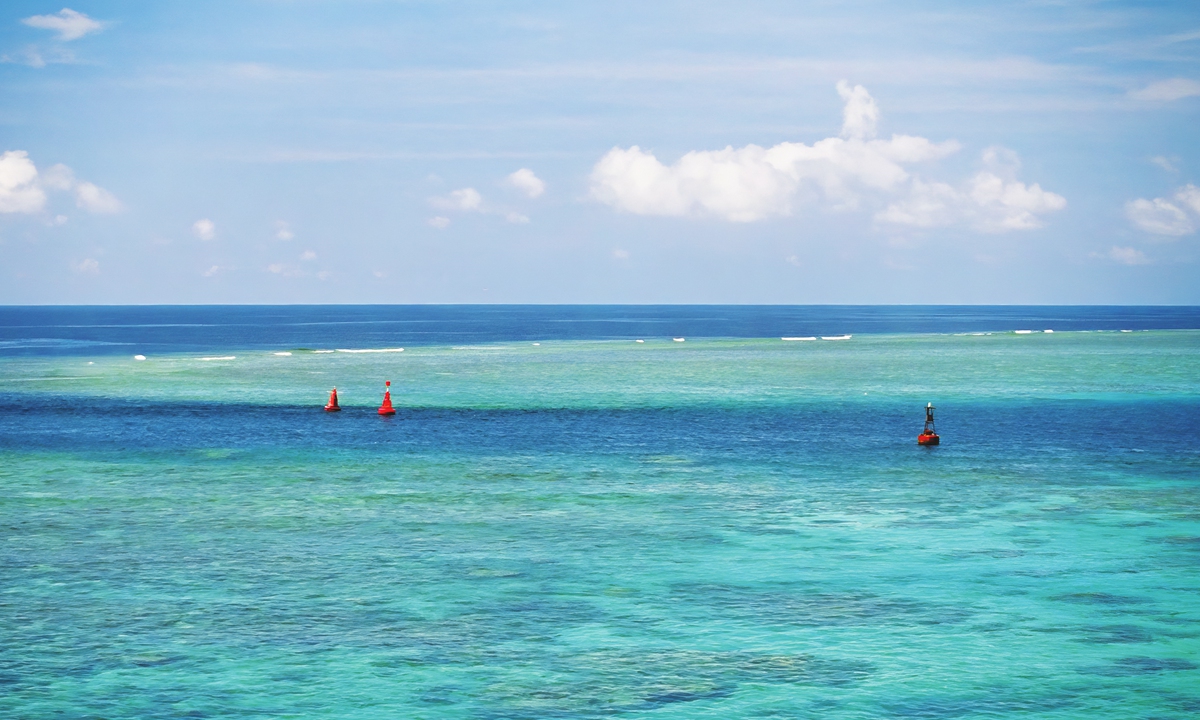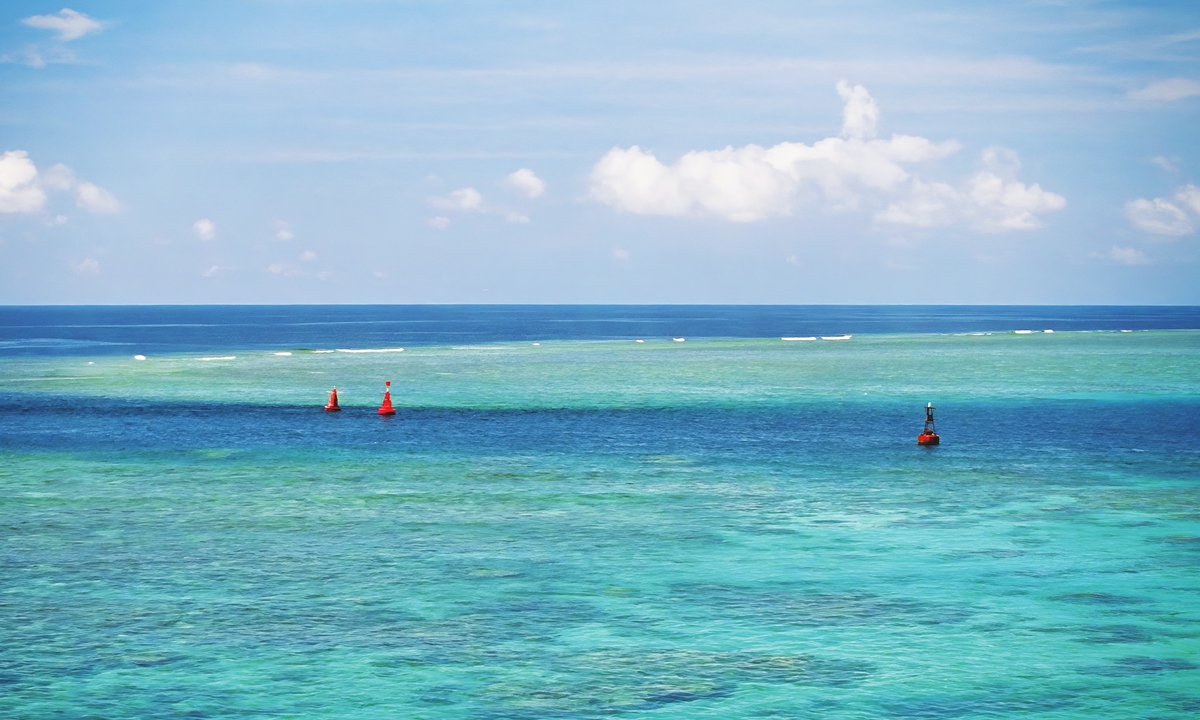
Illustration: Liu Xiangya/Global Times
In China’s “Village Super League” (VSL) soccer tournament in Rongjiang county, Southwest China’s Guizhou Province, a soccer team of international students from Guizhou University played against the Jiangxi Rice Noodle team from Shangrao, East China’s Jiangxi Province, attracting numerous spectators who cheered on the young players.
The Jiangxi team ultimately clinched victory with a 4-2 win.
The team, a choir composed of international students from different countries studying in China, performed the song “Road of Our Dreams,” an original piece about the Belt and Road Initiative (BRI).
Narrating moving stories of young people from various countries forming deep friendships and growing while studying in China, the song expressed the international youths’ hopeful anticipation for the initiative’s cultural exchanges and mutual learning, resonating strongly with the audience.
With Chinese culture’s increasing popularity abroad, an increasing number of young people from overseas are coming to study in China to experience the profoundness of the country’s culture and modernization.
Several students participating in the cultural events told the Global Times that they came to China to learn from the country’s advanced experience, which they want to bring back to their home countries to build bridges between China and their countries.
For example, the vibrant and joyful VSL, a grassroots soccer league that has gained huge popularity in China, attracted enthusiasts from various countries to experience the charm of soccer on Saturday.
In a display of cultural pride, 118 international students from 37 countries and regions brought various international dishes and performances, including folk songs and dances, to the event, creating a cultural feast for the audience and players.
Altima Mezui, the 31-year-old goalkeeper from Gabon on Guizhou University’s international student soccer team, described the game as an enjoyable experience at the birthplace of the VSL.
After the match, he candidly stated, “We Africans also have a deep passion for soccer like villagers in Rongjiang. It constantly brings surprises, fosters friendships, and introduces us to new acquaintances. If given the chance, we’ll strive to perform even better in the next season of the VSL.”
In June 2023, long before the friendly match, Guizhou attracted 40 international students from 24 countries and regions studying at 24 universities in China to experience rural development and cultural exchange events.
Divided into two groups, they began their journey from Guiyang to Luodian county and the Sandu Shui autonomous county, which is renowned for its rich cultural heritage and diversity.
Yulia Ipatenkova from Russia is a doctoral student in comparative education at the Faculty of Education, Northeast Normal University.
She told the Global Times that while she has experience with the rural areas near her university, she still does not have a deep understanding of them. Fortunately, the event in Guizhou helped deepen her understanding of Chinese rural areas.
The rural schools in Guizhou left a deep impression on her. She immersed herself in singing and dancing with the students and introduced the culture of her own country. In her words, this was the “happiest memory” among all those she gained while participating in this activity.
“The simplicity and loveliness of the students, as well as their tolerance for different cultures, have deepened the understanding of China among the international students participating in the activity. I hope to share the beauty of Chinese rural culture with more people,” she said.
Visiting landmarks such as Pingtang Bridge in Pingtang county, with a span of 2,135 meters, left a deep impression on South Korean student Shin Moon-sub.
He told the Global Times that he learned that the mountainous Guizhou was once difficult to access by road, but world-class bridges like the Baling River Bridge and Pingtang Bridge have made transportation far more convenient, which has not only promoted local economic development, but also made the life of the people better.
“The bridge is very spectacular. Behind it is the scientific and technological innovation of bridge construction,” he said.
He added that staff introduced during the visit that these world-class bridges have overcome many technical problems, which not only reflects the strength of China’s infrastructure technology, but also shows the achievements of China’s scientific and technological development.
The trips to the Guizhou countryside by international students studying in China is just a microcosm of many similar cultural exchange events.
These young students travel to various parts of China, get to know local history and culture, experience the new face of the Chinese countryside, and gain a more comprehensive and authentic understanding of China.
They hope to understand China through these journeys, leverage their strengths to tell Chinese stories, and strengthen friendship through education.
The author is a reporter with the Global Times. [email protected]

 A smartphone with a displayed AMD logo is placed on a computer motherboard, March 6, 2023. /Reuters
A smartphone with a displayed AMD logo is placed on a computer motherboard, March 6, 2023. /Reuters 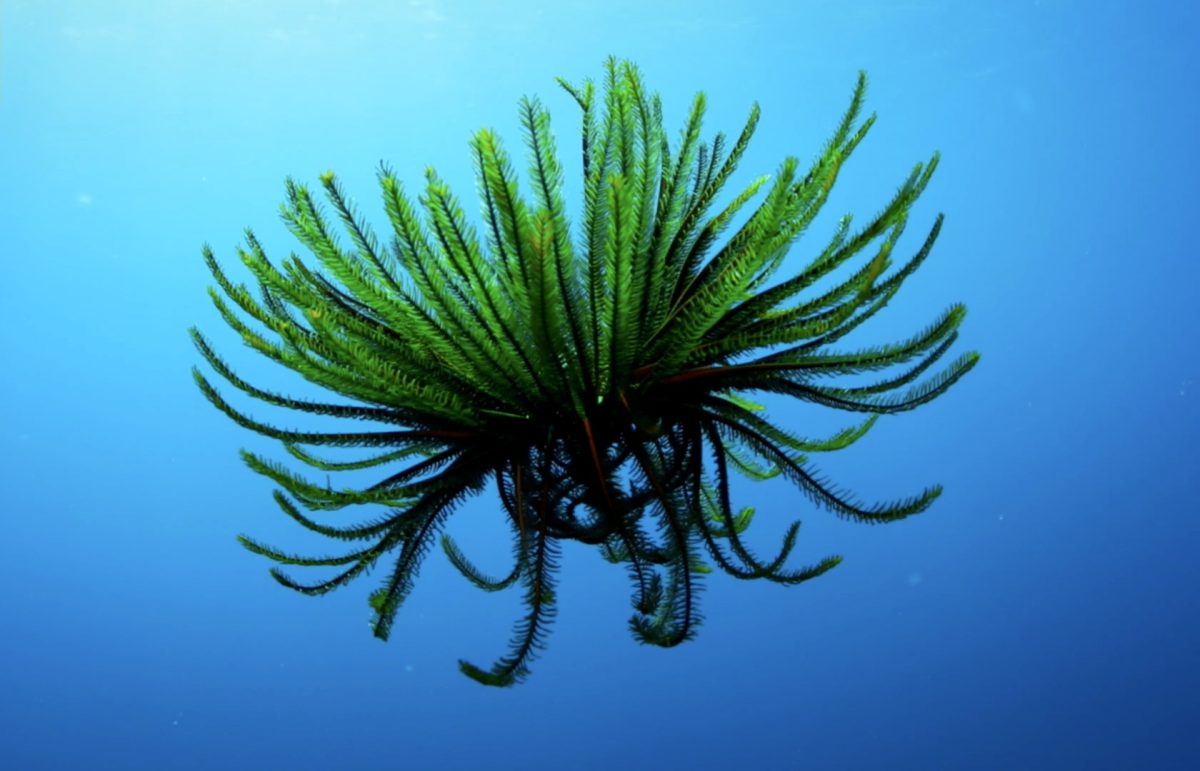
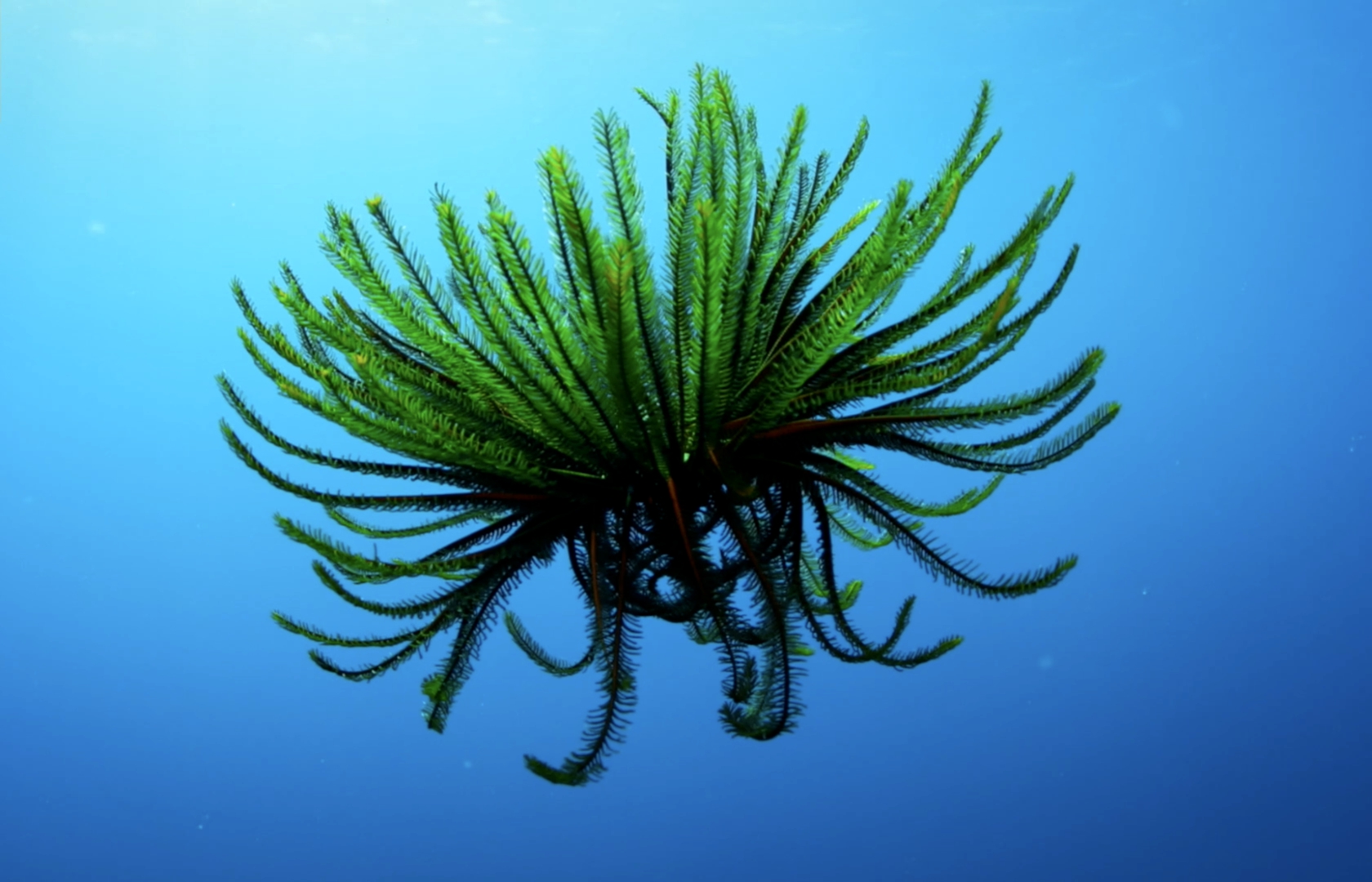 A still taken from CGTN’s “Journeys in Nature” documentary series shows a sea lily floating in the South China Sea.
A still taken from CGTN’s “Journeys in Nature” documentary series shows a sea lily floating in the South China Sea. 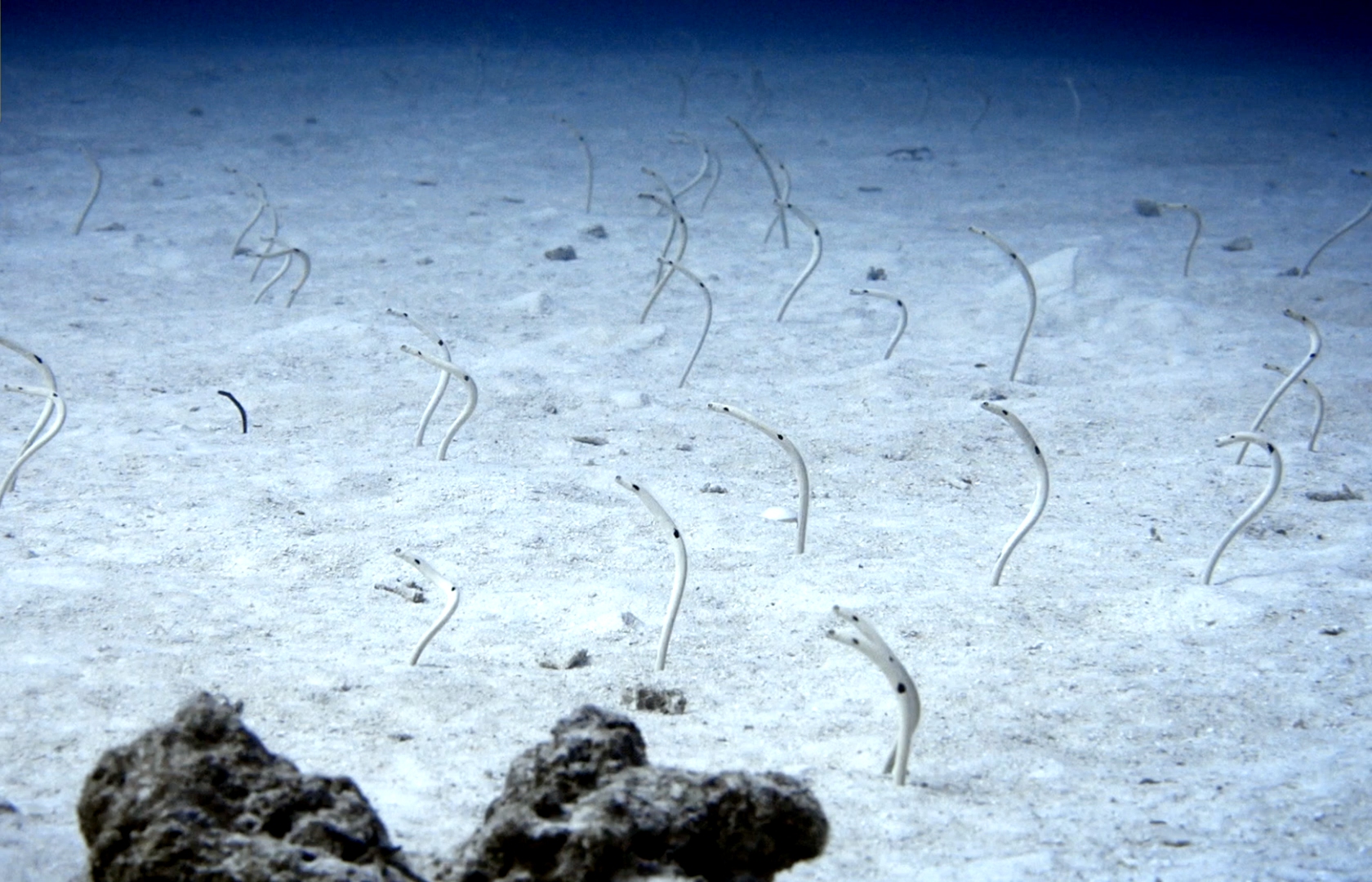 A still taken from CGTN’s “Journeys in Nature” documentary series shows garden eels swaying with the current in the South China Sea.
A still taken from CGTN’s “Journeys in Nature” documentary series shows garden eels swaying with the current in the South China Sea. 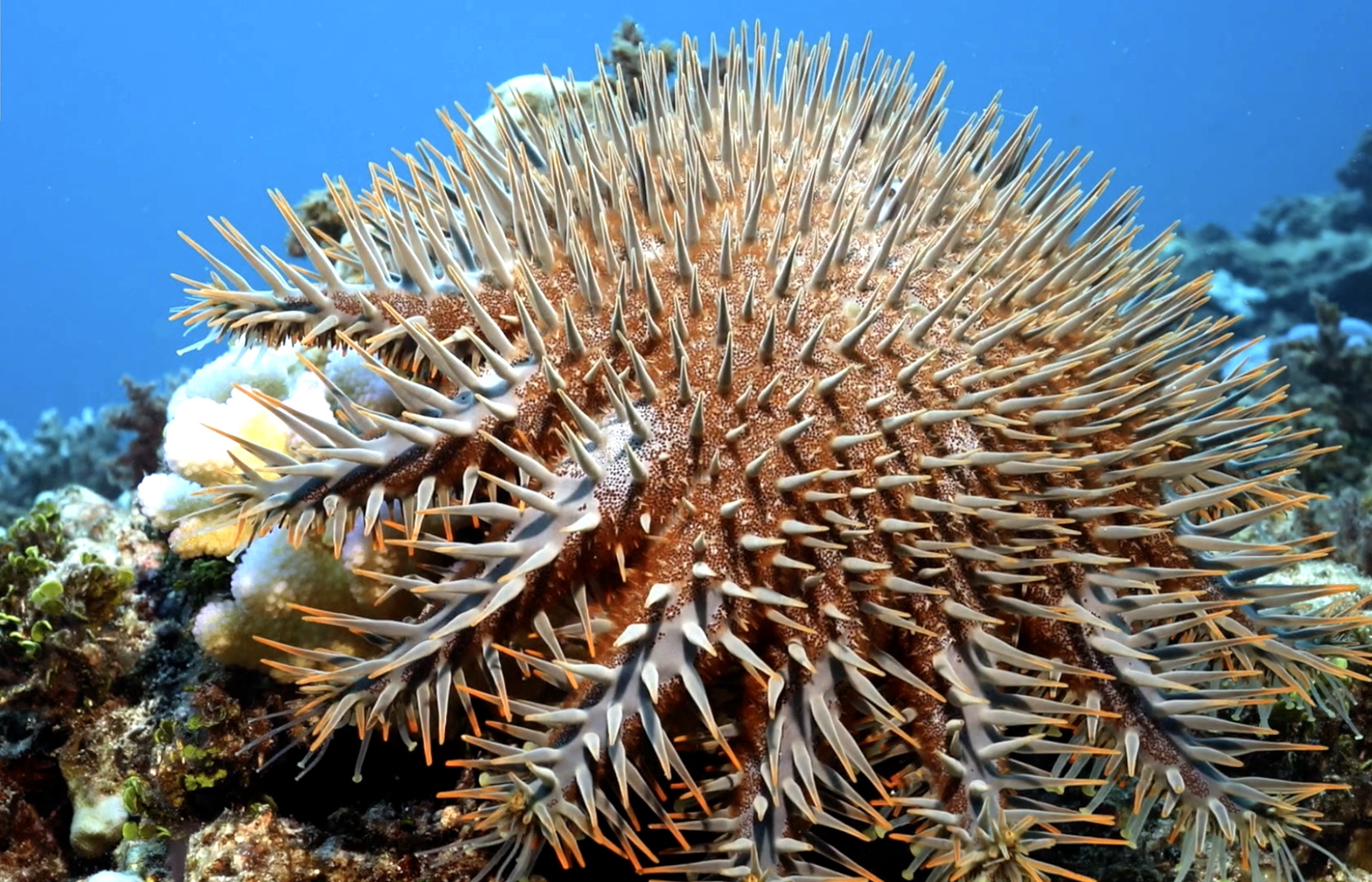 A still taken from CGTN’s “Journeys in Nature” documentary series shows a crown-of-thorns starfish atop the corals in the South China Sea.
A still taken from CGTN’s “Journeys in Nature” documentary series shows a crown-of-thorns starfish atop the corals in the South China Sea.  A still taken from CGTN’s “Journeys in Nature” documentary series shows a turtle swimming in the South China Sea.
A still taken from CGTN’s “Journeys in Nature” documentary series shows a turtle swimming in the South China Sea.  A still taken from CGTN’s “Journeys in Nature” documentary series shows the coral reefs in the South China Sea.
A still taken from CGTN’s “Journeys in Nature” documentary series shows the coral reefs in the South China Sea.  A still taken from CGTN’s “Journeys in Nature” documentary series shows a school of fish on the coral reef.
A still taken from CGTN’s “Journeys in Nature” documentary series shows a school of fish on the coral reef. 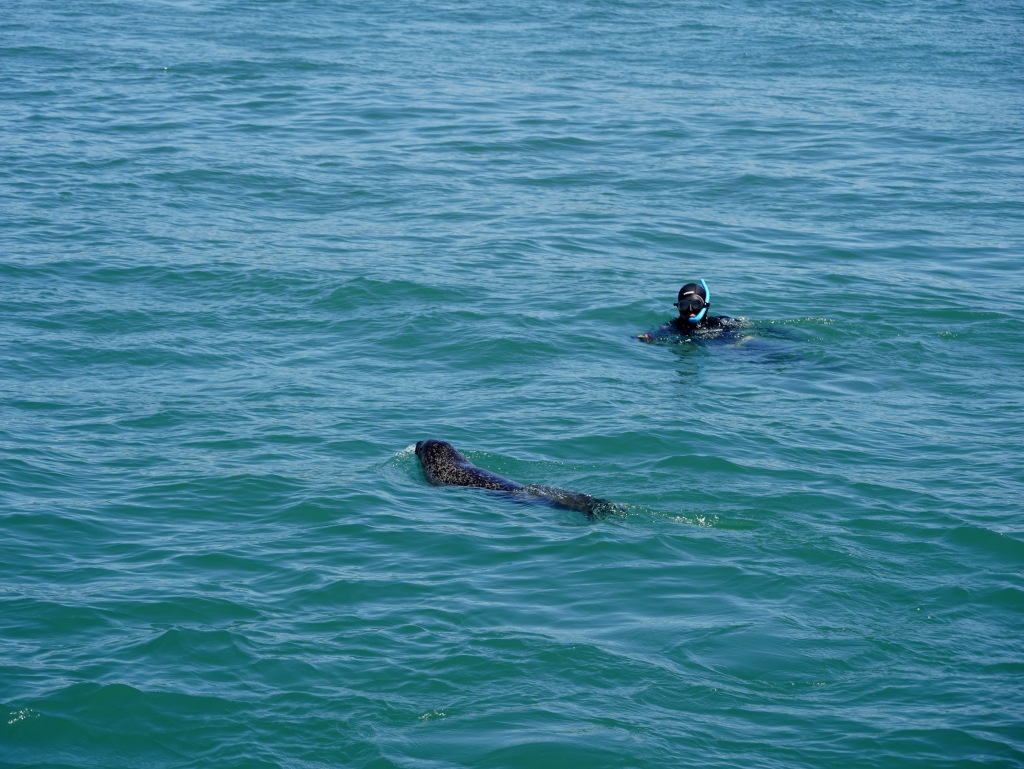
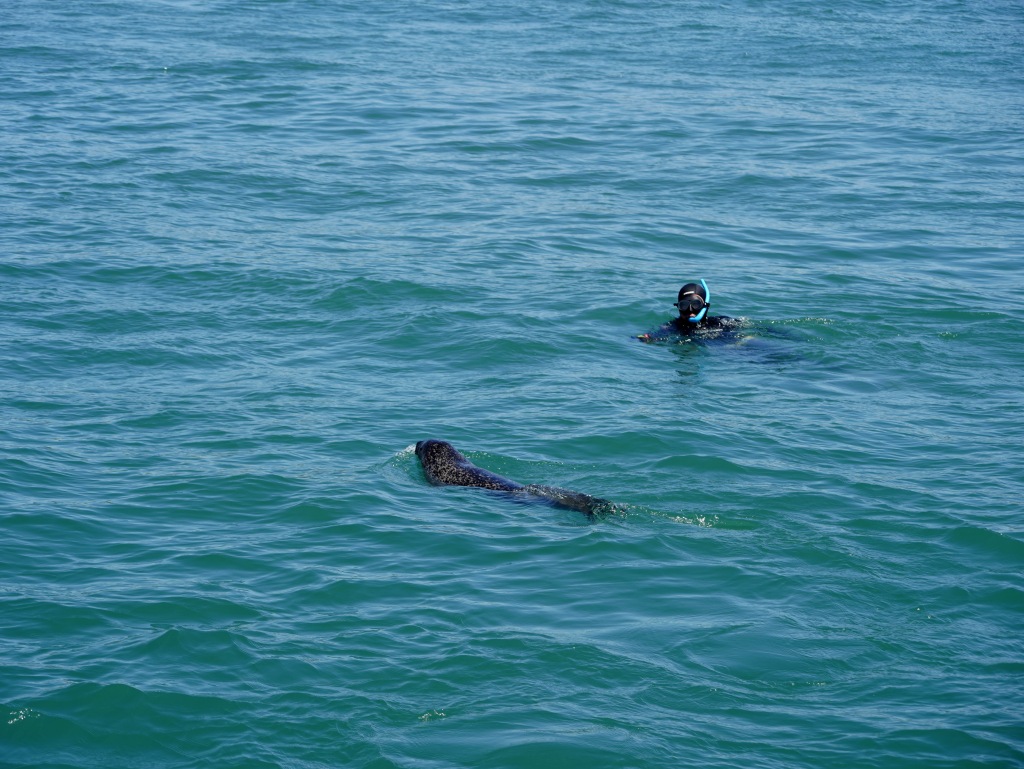 A released spotted seal swims in the waters off Dalian, northeast China’s Liaoning Province, April 16, 2024. /CFP
A released spotted seal swims in the waters off Dalian, northeast China’s Liaoning Province, April 16, 2024. /CFP 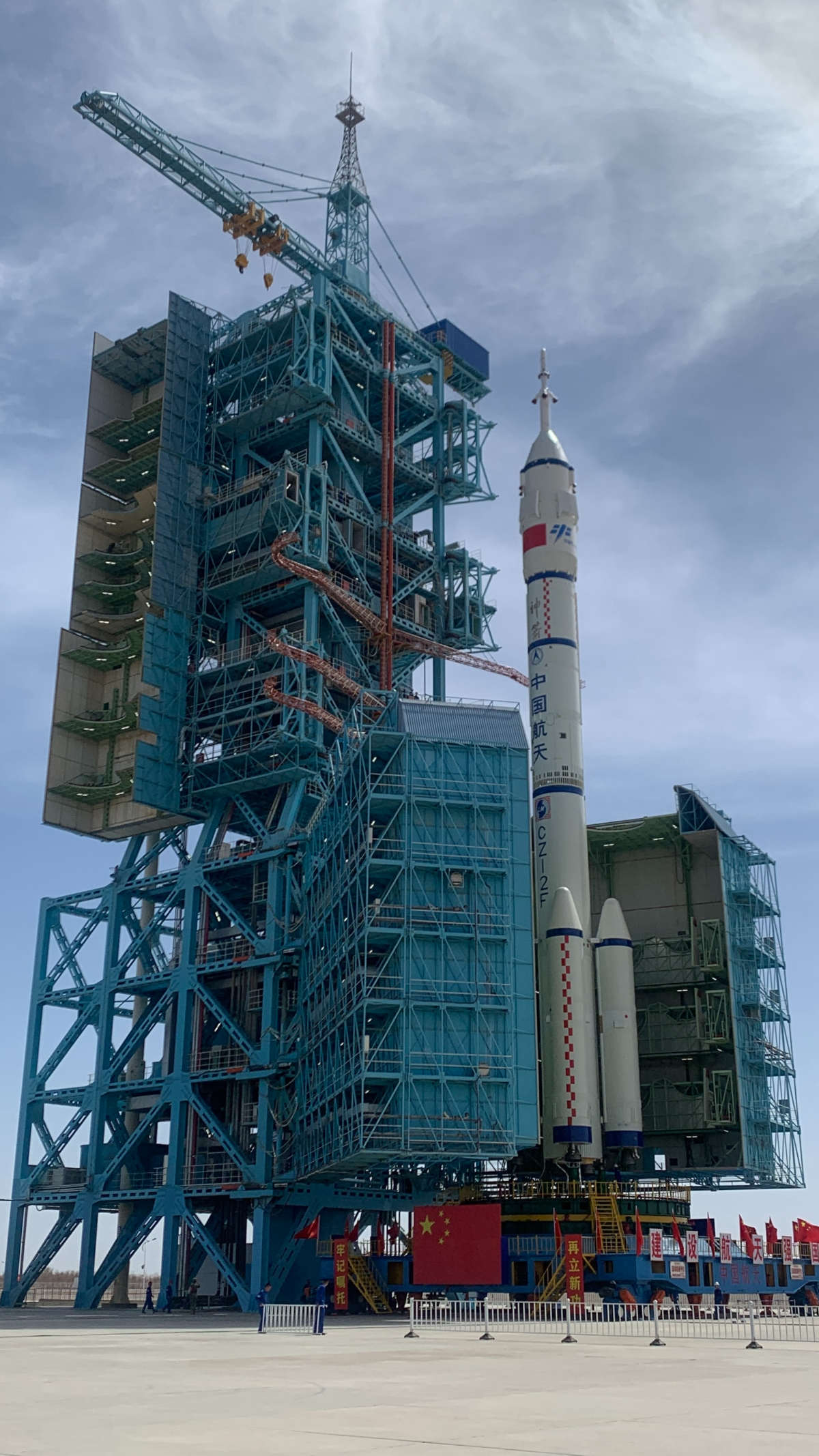
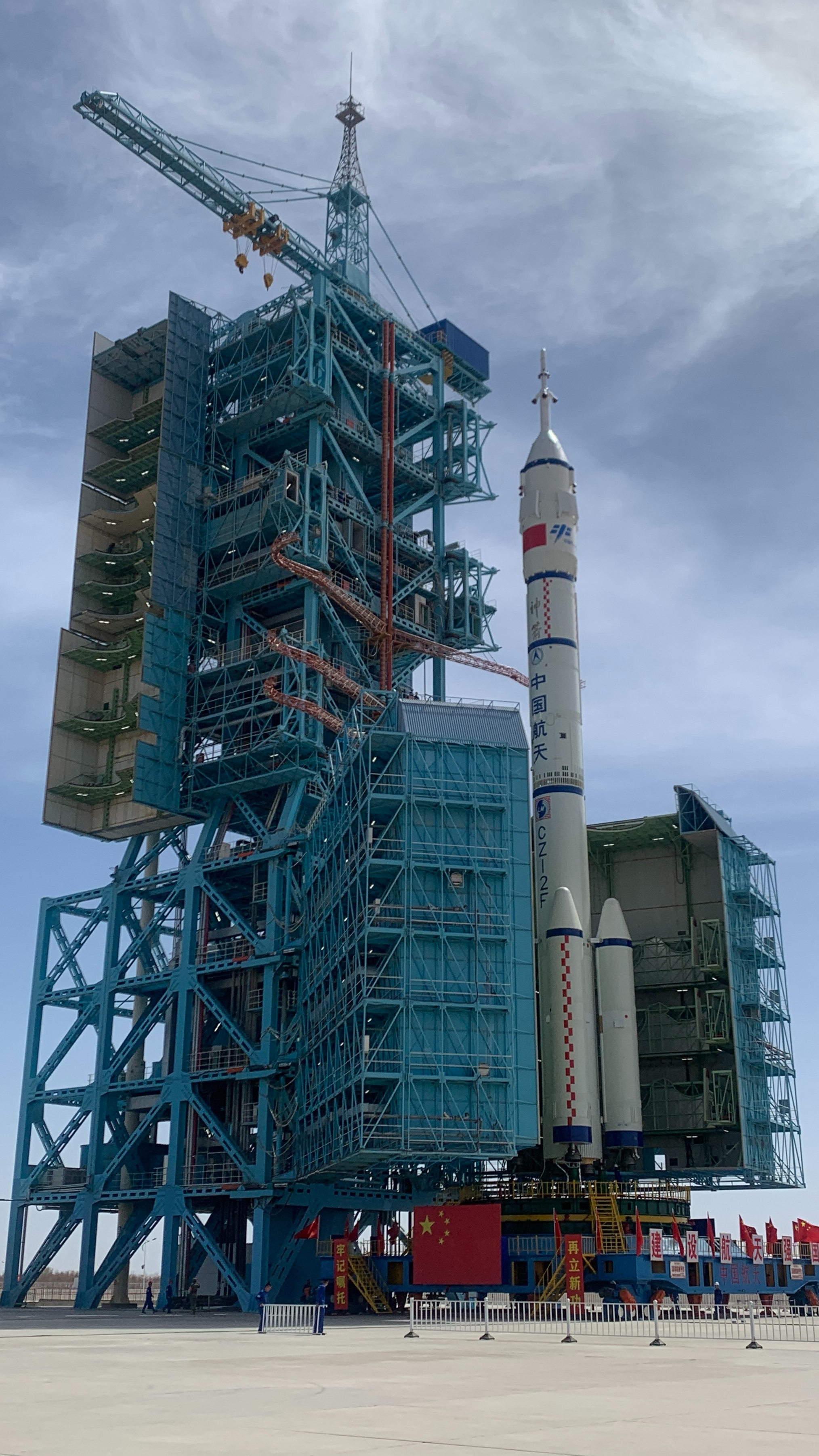 Shenzhou-18 crewed spaceship atop a Long March-2F carrier rocket at the Jiuquan Satellite Launch Center in northwest China, April 17, 2024. /CMG
Shenzhou-18 crewed spaceship atop a Long March-2F carrier rocket at the Jiuquan Satellite Launch Center in northwest China, April 17, 2024. /CMG 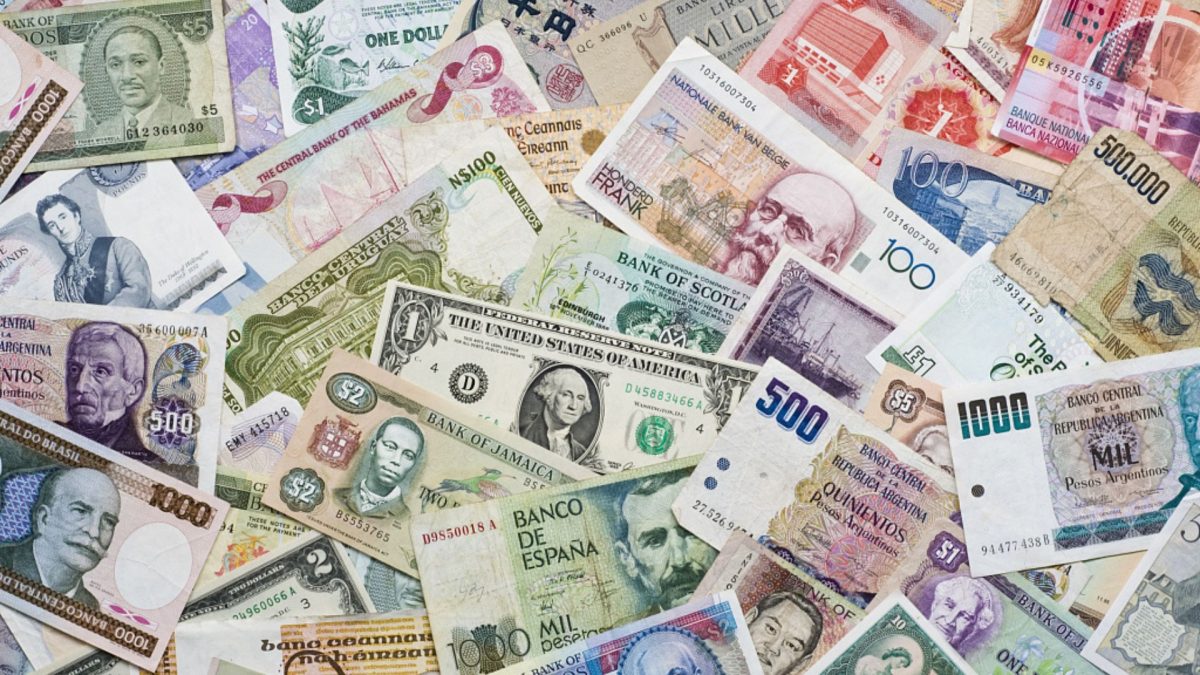
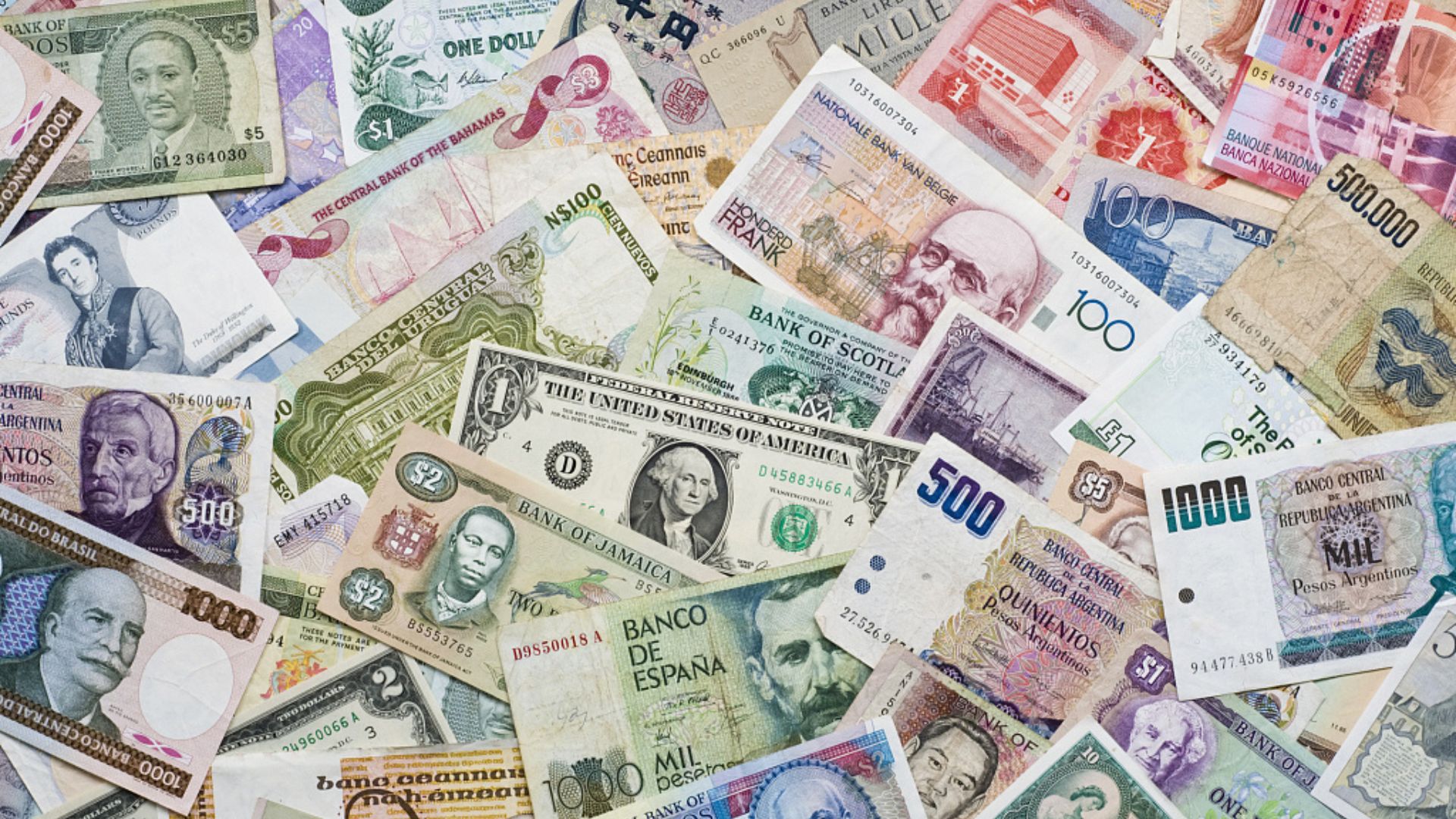 The International Monetary Fund’s latest forecast suggests the global economy is facing sluggish growth this year. /CFP
The International Monetary Fund’s latest forecast suggests the global economy is facing sluggish growth this year. /CFP 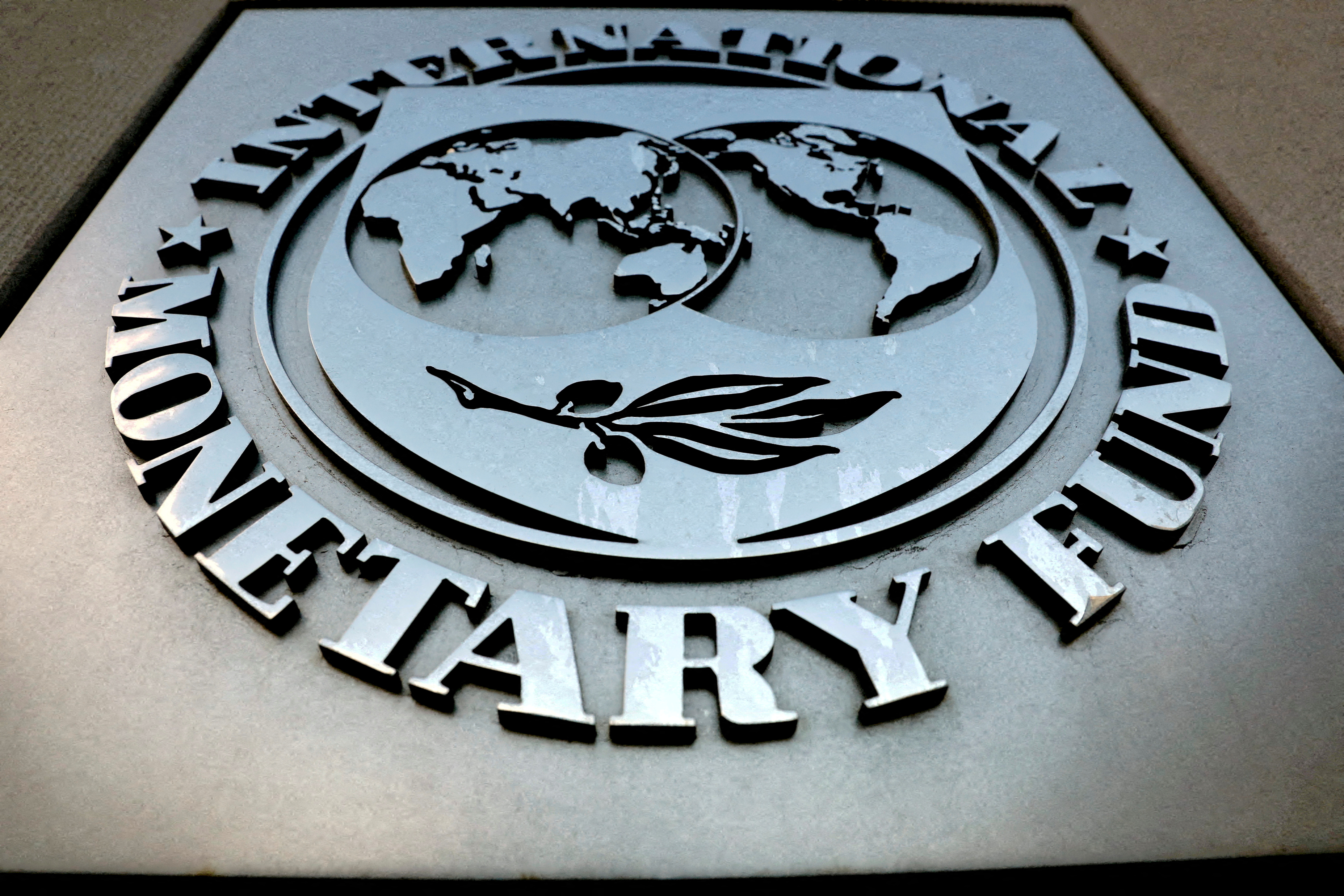 The IMF has warned that high interest rates could hurt global growth in 2024. /Yuri Gripas/Reuters
The IMF has warned that high interest rates could hurt global growth in 2024. /Yuri Gripas/Reuters  The Euro area economy is set to expand by less than 1% this year. /CFP
The Euro area economy is set to expand by less than 1% this year. /CFP 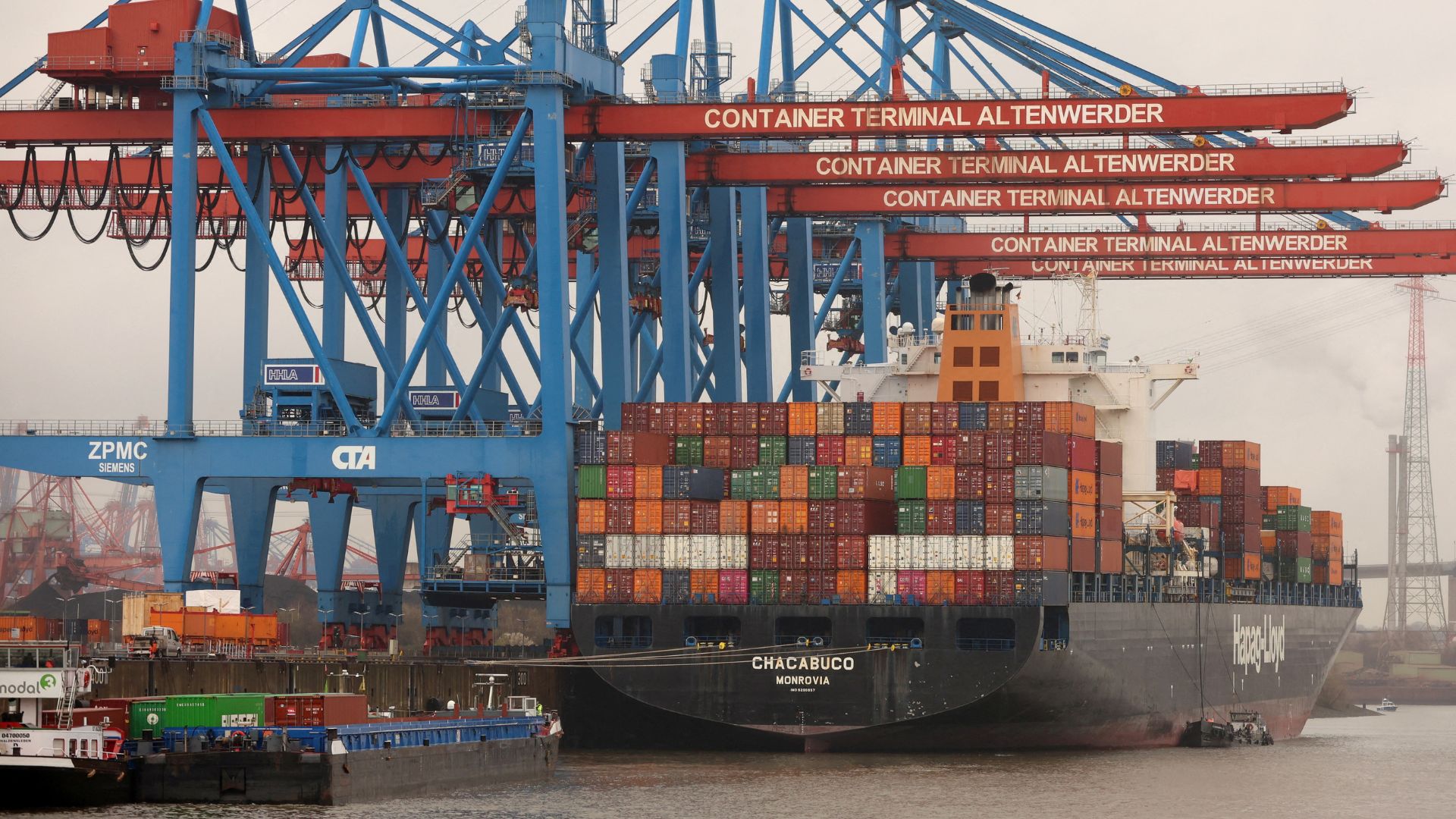 Trade volumes are set to climb in 2024, but the IMF is warning about a surge in restrictions. /Phil Noble/Reuters
Trade volumes are set to climb in 2024, but the IMF is warning about a surge in restrictions. /Phil Noble/Reuters 
